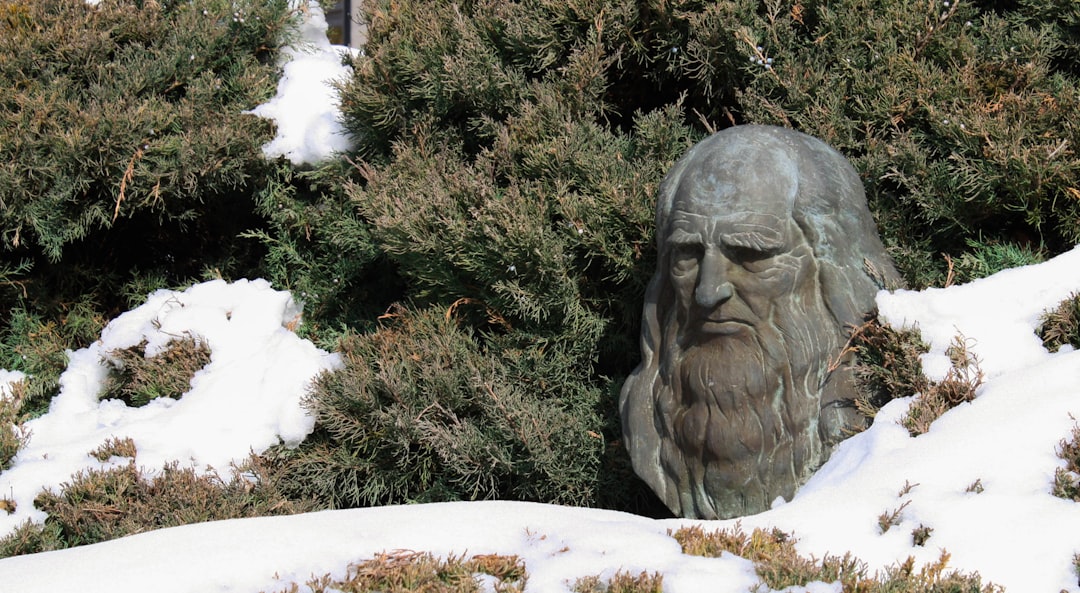What is it about?
We provide a synthesis of the extent of human–bird coexistence in croplands from the direct (seen) damage to ecological cascades to crops, the human perceptions on the biological processes, and possible solutions to address the observed disservice by birds. Using standard review protocols, we collected and screened relevant literature and compiled 4 complementary global datasets. Then, we used standard meta-analysis approaches , when possible, to understand four fundamental aspects of the complex system: (i) what is the spatial extent of the potential direct (seen) disservice or crop damage by crop-consuming birds; (ii) whether birds can provide a net benefit to crop productions by accounting the direct (e.g., consume crops) and indirect effects (mainly referring to pest control) of birds; (iii) if disservice exists, which nonlethal mitigation measures are effective; and (iv) what are the public general perception and attitude towards birds. Based on our results, we proposed a strategy for a better coexistence and discussed where to take possible actions at a regional scale. Our study provides scientific evidence for multiple stakeholders to better integrate key conservation strategies and bird management in croplands.
Featured Image

Photo by Josie Weiss on Unsplash
Why is it important?
Our synthesis uncover important insights to improve human–bird coexistence in croplands. We demonstrate that birds have a net benefit for many woody crops. Although the public is generally positive to bird conservation, the beneficial service of birds appears to be under- appreciated. Thus, improper or mistaken controls are still widespread, we uncover a number of effective nonlethal short-term measures in reducing the crop losses caused by birds. Our comprehensive study provides evidence-based information for producers, local managers, policymakers, and scientists to better integrate the conservation and management of birds in croplands to make it more bird-friendly while concurrently delivering on our food production targets.
Perspectives
This study synthesizes multiple global datasets and shows that birds can benefit woody crops and their disservice to herbaceous crops can be reduced by nonlethal measures.
cheng huang
Read the Original
This page is a summary of: Insights into the coexistence of birds and humans in cropland through meta-analyses of bird exclosure studies, crop loss mitigation experiments, and social surveys, PLoS Biology, July 2023, PLOS,
DOI: 10.1371/journal.pbio.3002166.
You can read the full text:
Contributors
The following have contributed to this page










